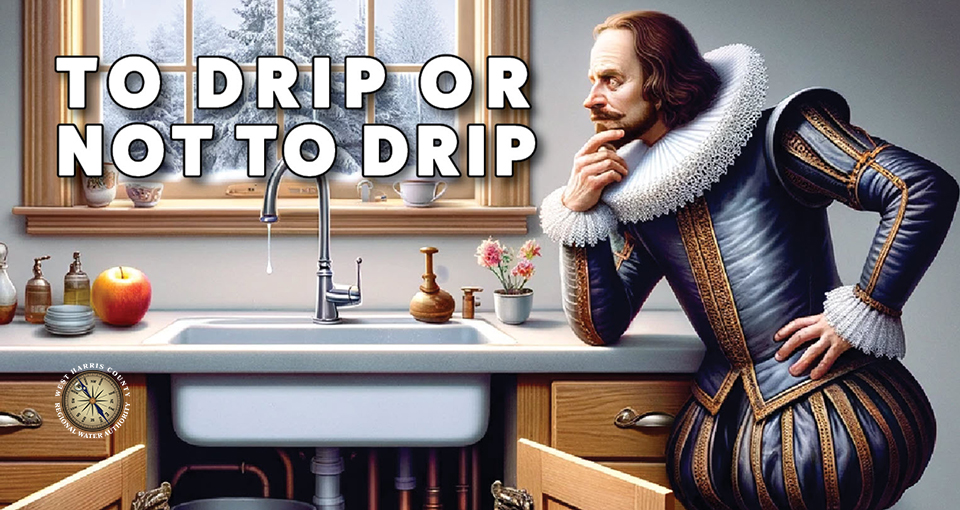
When freezing temperatures hit the Houston region, there is often a lot of chatter about whether to leave faucets dripping. While this method is used by some homeowners, it’s important to consider the benefits and drawbacks of faucet dripping, including the impact on the broader water system.
Dripping faucets during a freeze can be an effective measure in an individual home to prevent pipe bursts when there is no other solution. However, homeowners in the Houston region should consider the broader implications, including the potential enormous strain on the pressure of municipal water systems. In case of a freeze event, please seek out the advice of your local water provider. Properly winterizing your pipes with insulation, turning off your water at the water meter and draining your pipes, and adding heat tape for pipe outside your home will go a long way in preparing for extreme or prolonged freeze conditions in the Houston area.
Cons of Dripping Faucets During a Freeze
- Pressure on the Water System: When entire neighborhoods adopt this practice, it can put an enormous strain on the municipal water system. This widespread dripping can lead to a drop in water pressure throughout the system, potentially leading to broader issues such as water shortages or even system failures.
- Ineffectiveness in Extreme or Prolonged Cold: In extreme or prolonged cold conditions, dripping faucets will not be sufficient, especially for pipes that are poorly insulated or exposed to direct cold air.
- Wastage of Water: Continuously dripping faucets lead to significant water wastage, an important consideration in areas where water conservation is crucial.
- Risk of Overreliance: Solely relying on this method can lead to neglecting other winterizing steps, such as insulating pipes or sealing leaks, which are more comprehensive.
Pros of Dripping Faucets During a Freeze
- May Prevent Pipe Bursts: The main advantage of dripping faucets is to reduce the risk of water pipes freezing and bursting. As water expands when it freezes, a slow drip keeps water moving, thus minimizing this risk.
- Cost-Effective Prevention: The minor increase in the water bill from a dripping faucet is often seen as a reasonable tradeoff compared to the high cost of repairing burst pipes.
- Ease of Implementation: This is a simple, do-it-yourself measure that doesn’t require professional skills or significant changes to the plumbing system.